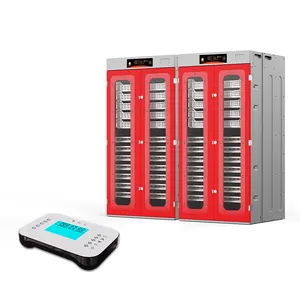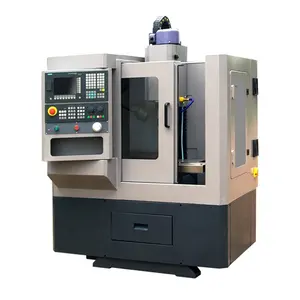Popular in your industry
























































































































































































Top categories
About fish harvesting
Fish harvesting refers to the process of capturing, collecting, or gathering fish from aquatic environments for various purposes, including food, research, and conservation. The fishing harvest is a crucial activity in the aquaculture and commercial fishing industries. Harvest tilapia is a common practice to gather these freshwater fish for consumption. In aquaculture, fish harvesting involves the capture of fish reared in aquaculture facilities such as ponds, tanks, or cages. Meanwhile, in commercial fishing, it involves catching wild fish in natural water bodies like oceans, rivers, or lakes. The process of fish harvesting may vary depending on the scale of operations, the species targeted, and the fishing methods employed. It can be carried out manually using simple tools like nets, traps, or hooks or through mechanized means using advanced equipment such as trawlers, purse seiners, or fish harvesters. The choice of fishing method is often influenced by factors like the target species, the fishing environment, and the economic considerations.
Types of fish harvesting
Various types of fish harvesting methods are employed based on the target species and the fishing environment. Traditional methods such as angling, trapping, and gillnetting are commonly used for small-scale fishing operations. In contrast, commercial fishing often utilizes mechanized methods, including trawling, purse seining, and longlining, to catch large quantities of fish. Trawling involves dragging a large net, called a trawl, through the water to capture fish in its path. It is commonly used to catch fish like cod, haddock, and shrimp. Purse seining is another method that uses a large wall of netting to surround a school of fish, forming a "purse" at the bottom to prevent escape. It is often employed in capturing pelagic fish species like tuna and mackerel. Longlining is a method that uses a main fishing line with multiple baited hooks attached at intervals. It is commonly used to target species such as swordfish and halibut. Aquaculture operations also employ specific methods for harvesting farmed fish, including seining, trawling, and the use of specialized aquaculture harvesters such as fish pumps and graders.
Advantages and challenges of fish harvesting
The fish harvest is an integral part of the global food supply chain, providing a vital source of protein and essential nutrients for human consumption. Harvesting fish from sustainable sources can help support food security and alleviate pressure on terrestrial resources. In aquaculture, controlled fish harvesting allows for the efficient management of fish stocks, ensuring optimal growth and minimizing environmental impacts. Additionally, fish harvesting contributes to the economic livelihoods of fishermen, aquaculture farmers, and related industries worldwide. However, fish harvesting also presents challenges, particularly regarding overfishing and its impact on marine ecosystems. Overharvesting can lead to the depletion of fish populations, disrupt food webs, and threaten the biodiversity of aquatic environments. Sustainable fish harvesting practices, such as implementing catch limits, using selective fishing gear, and establishing marine protected areas, are essential to mitigate these challenges and ensure the long-term health of fisheries. Furthermore, the fish harvesting industry faces regulatory complexities, market fluctuations, and the need to adapt to changing environmental conditions, underscoring the importance of responsible and adaptive management practices.
The future of fish harvesting
The future of fish harvesting is closely linked to sustainability, innovation, and the adoption of responsible practices to meet the growing demand for seafood. Sustainable fish harvesting, including the use of selective fishing gear, implementation of ecosystem-based management approaches, and traceability in supply chains, will be crucial to preserve marine resources and support the health of aquatic ecosystems. Technological advancements, such as the development of precision fishing technologies and the use of data analytics, are poised to enhance the efficiency and minimize the environmental footprint of fish harvesting operations. Moreover, increasing consumer awareness of sustainability and the demand for traceable and ethically sourced seafood will continue to drive the adoption of transparent and responsible fish harvesting practices. Collaborative efforts among stakeholders, including governments, industry players, and conservation organizations, will be vital to address the challenges and seize the opportunities in the evolving landscape of fish harvesting.





























































